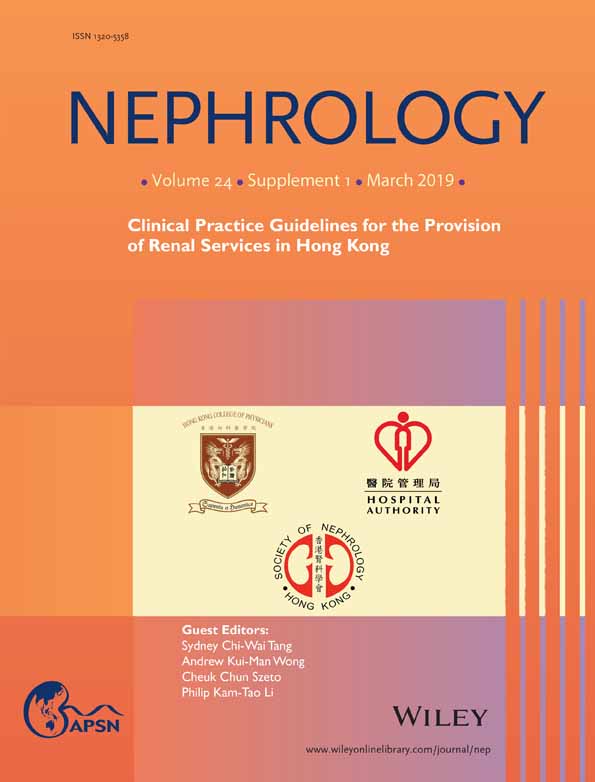Foreword
Ever since I became the Chairman of the Hospital Authority, I have always been advised that the Renal Services is a model of steadily progressing branch of medicine being run by a group of hard-working and closely knitted health care workers. Having personally witnessed and participated in the well-coordinated and well attended public functions such as the Renal Patients Sports Day and the World Kidney Day organized by these colleagues, I am pleased to see that they are equally adept in the publication of the Clinical Practice Guidelines in Renal Services as a culmination of work by our dedicated experts in the various branches of renal care.
Renal disease now accounts for a huge workload of any health care system, and the statistics that around 10% of the population suffers from some form of chronic kidney disease is alarming for any health care administrators. Moreover, we are now well aware of the prohibitive cost of any renal replacement therapy, and the ever-increasing cost of the advancing medical technologies. Cost-effective use of limited resources in the best interests of patient's care is now the challenge we face in our daily practice.
With the increasing demands from our patients, the escalating costs of health care, and the increasing complexity of medicine, it is indeed timely that we should have a set of local guidelines for our Renal Services.
From my perspective, the most pleasing aspect of this book is that it is the work of such a wide cross section of our renal community. The fact that physicians from both the private and public sectors, nurses, microbiologists, academics, doubling as representatives from the Hong Kong College of Physicians, the Hong Kong Society of Nephrology, and the Hospital Authority; can all come together to complete this book is a testament of the commitment of all concerned to have a set of common guidelines for Hong Kong.
Lastly, I must congratulate Professor Richard Yu for his vision in promoting the idea, and the editors and the authors for their hard work. I trust that the book will become a precious reference to all health care workers in the practice of renal medicine, and ultimately it will lead to improved and more standardized care for all patients.




